Our Vision
Healthy soils, healthy plants and healthy animals.
"In this world we do not see things as they are. We see them as we are, because what we see depends mainly on what we are looking for."
John Lubbock
A few years ago 8 farming families from the Gundagai/Holbrook area in the Eastern Riverina realised they where asking themselves the same key questions about their farming practices. How do we turn our farms into places that are not only sustainable but actively regenerate the land? And how do we make sure that this process creates financially viable businesses, beautiful physical environments and not too much life stress?
Through training in the principles of Holistic Management, all of us gradually transitioned to thinking and acting differently when making decisions about our lives and our farms.
We decided to launch 8families to share these experiences, promote the resulting products and to show people how satisfying it can be to go down the regenerative path. So these are the stories of 8 families. Well 9 actually. But we started as 8 and we are sticking with those lovely curves.
And what is Holistic Management?
At the heart of Holistic Management is a simple process of decision making and goal setting that helps clear the clutter. This results in decisions that are better informed, so that environmental, social and financial goals all get due attention and can be balanced – as best as can be. Then using the tool of Holistic Planned Grazing we focus on creating pastures that carry enough nutrients to nurture animals and regenerate soils at the same time, without resorting to chemical props.
Here’s how the Savory Institute describes the work of the founder of this process, Allan Savory:
“In the 1960s Zimbabwean wildlife biologist-farmer Allan Savory made a significant breakthrough in understanding what was causing the degradation and desertification of the world’s grassland ecosystems and developed a way to restore the land to health using livestock as his primary tool. For centuries we believed livestock were a major cause of desertification, but Savory’s (and others’) research showed that the cause lay in how those livestock were managed. The solution involves mimicking the behaviour of the formerly vast herds of wild grazing animals. He devised a simple method any pastoralist can use to move massive amounts of carbon and water from the atmosphere back to the soil and begin reversing thousands of years of human-caused desertification – on the scale required, which no technology imaginable can accomplish. In the process, we can feed more people and enhance societal well-being”. http://savory.global/
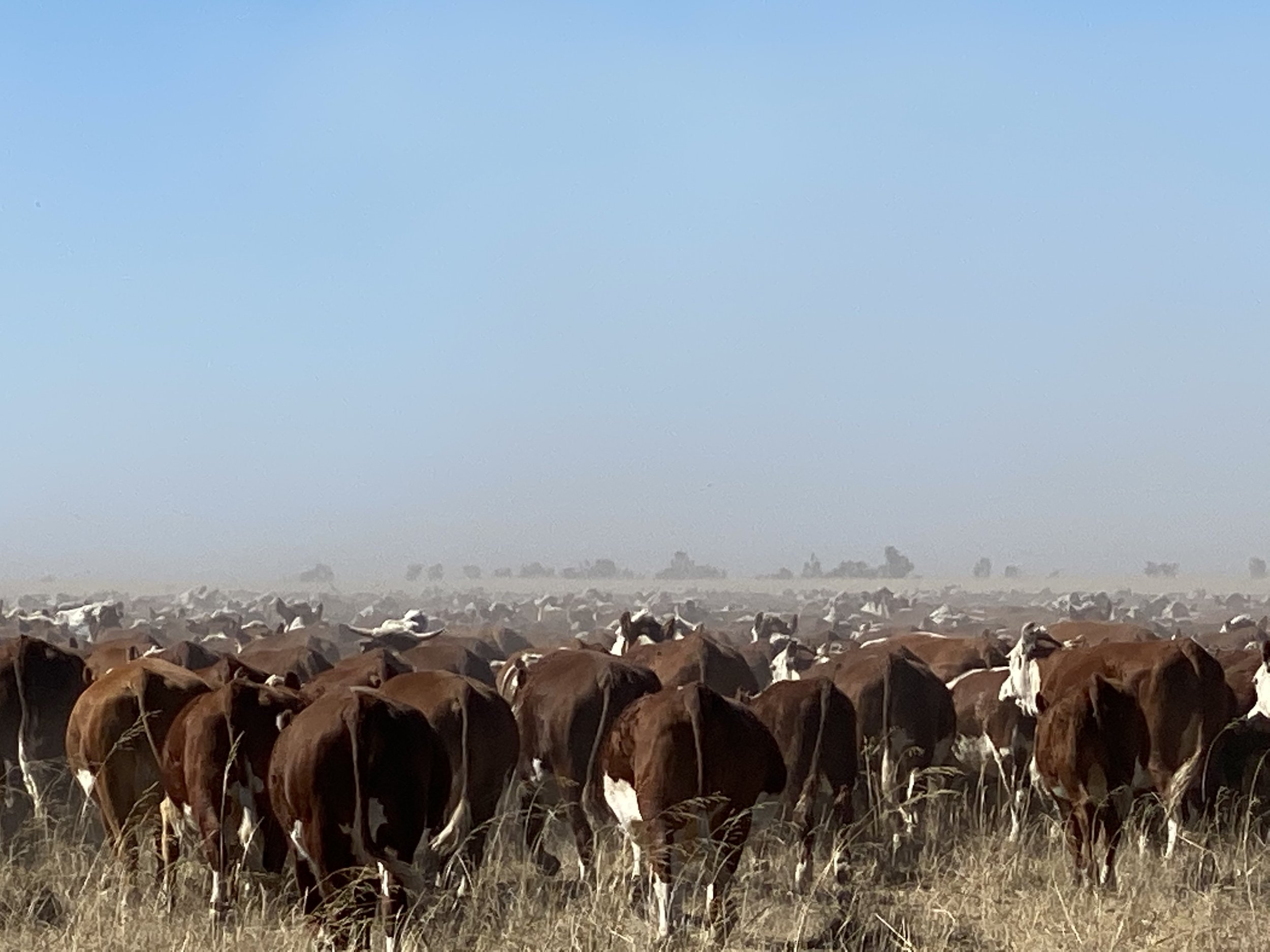
HOLISTIC PLANNED GRAZING
In the past, large herds of wild, migratory herbivores, like the wildebeest, zebra’s and springbok of the African savannahs or the bison and pronghorn of the North-American prairies, grazed, fertilised, trampled and tilled the soil as they moved along in their search for fresh grass. These great herds were kept together and pushed along by predators following in their wake. By doing so, these herds prepared the land for new grass growth leaving behind a protective layer of trampled vegetation, dung and soil, building organic matter and deepening plant roots. A natural cycle, millions of years old, in which both animals and plants have evolved into the current herbivores and grasses which only really thrive in each other’s presence.
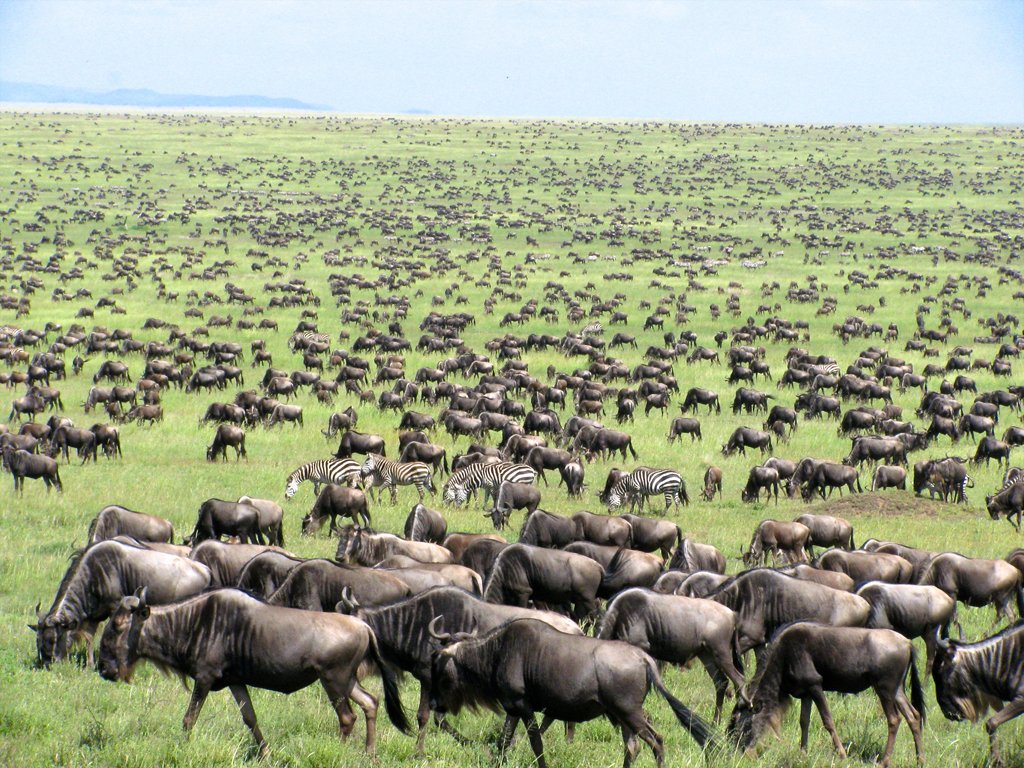
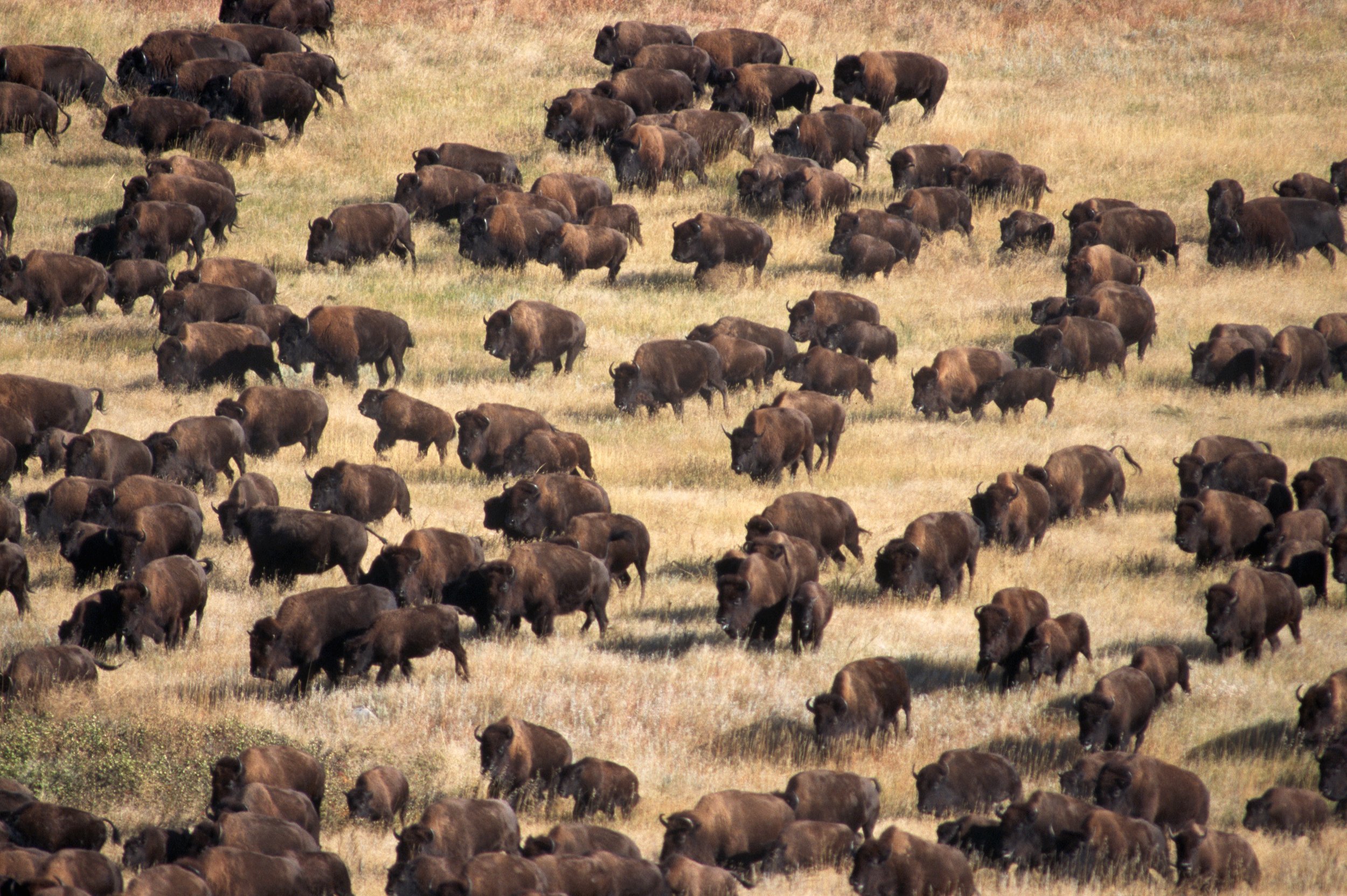
On our farms, through planned rotational grazing, we try to mimic this natural interaction between grass and grazer by creating larger grazing mobs and keeping them together with the use of (temporary) fencing. The health and resilience of our farms is directly related to the abundance and diversity of its plants, microorganisms, insects, birds and other animal species. Plant diversity on our properties has increased with many species of native cool and warm season grasses, flowering forbs, shrubs, and trees while bare ground and the amount of space between plants have declined significantly.
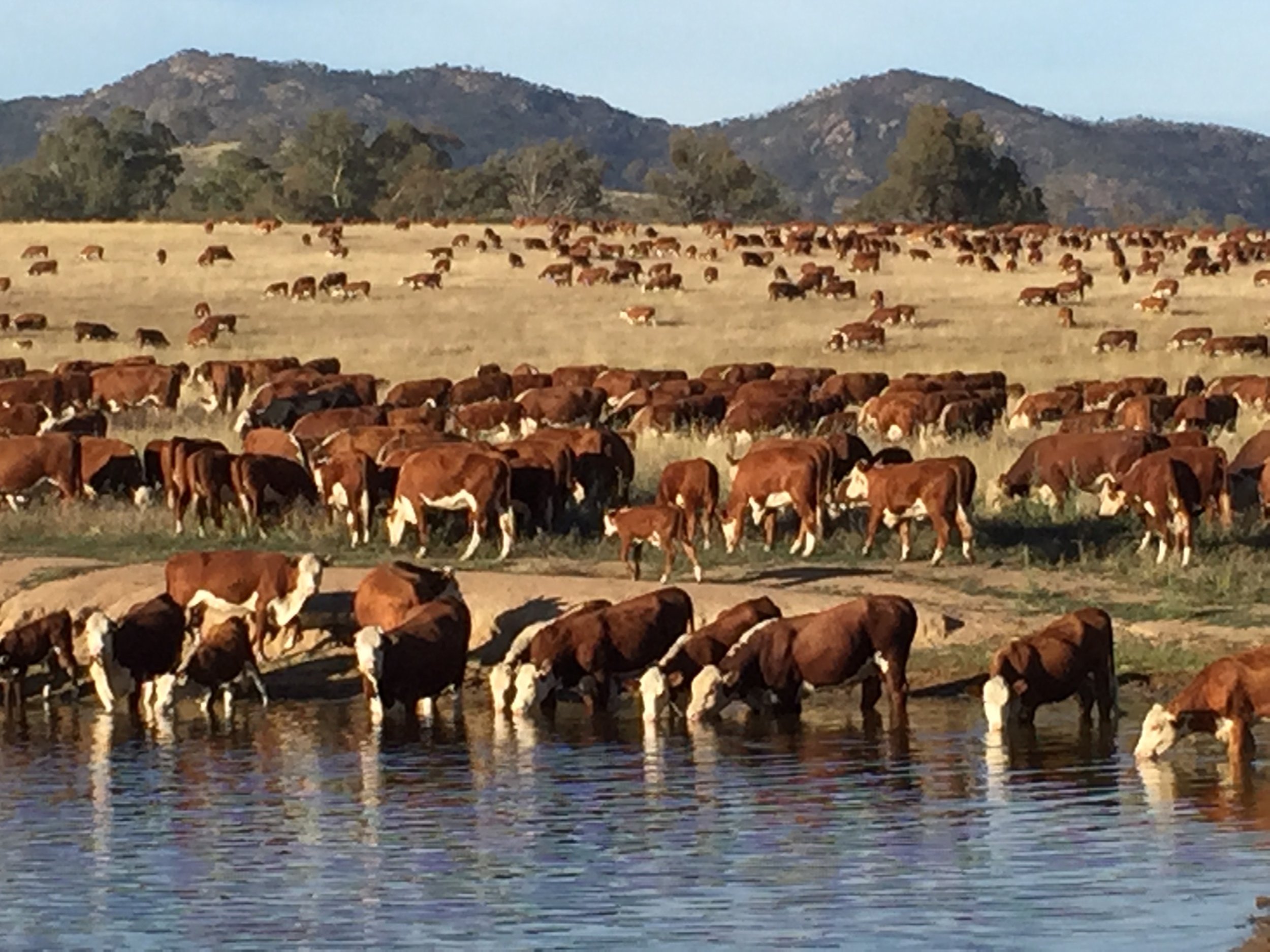
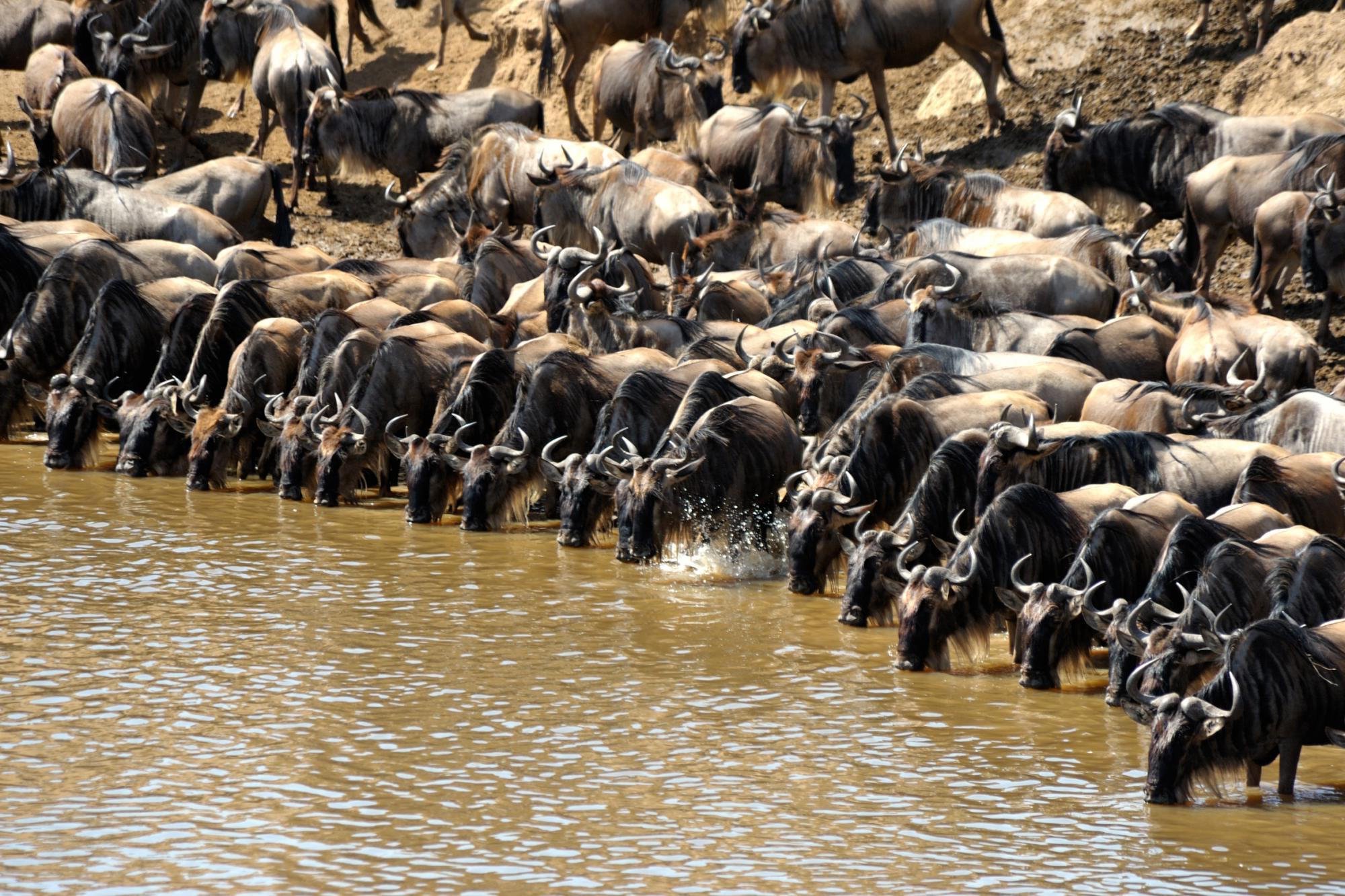

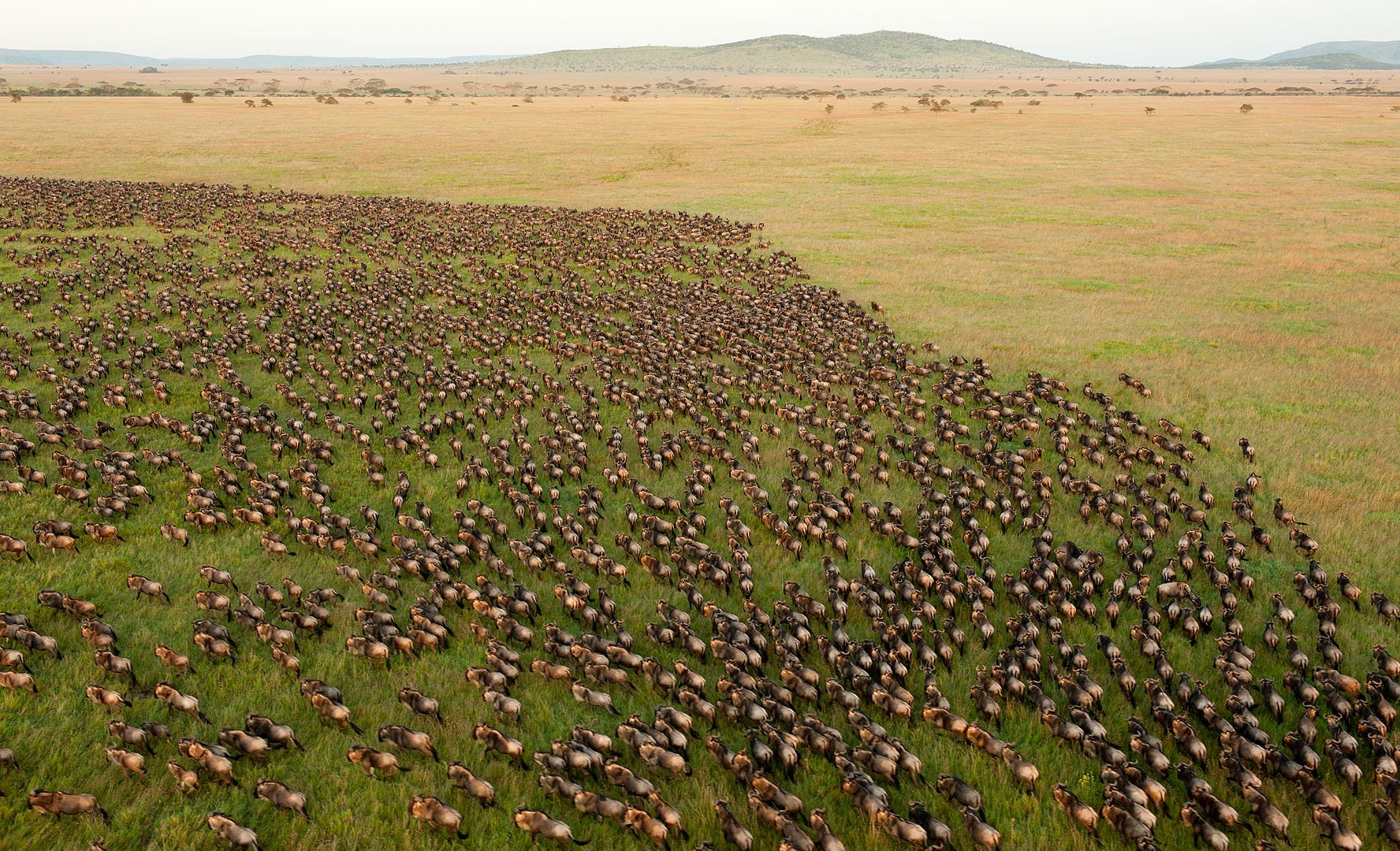
There are a lot of extremely smart and creative people who explain beautifully and in more detail how Holistic Management and other regenerative agricultural practices positively influence our soils, plants and animals and so, in the end, influence us and our planet. If you want to have a look and read on click the button, or for other websites go to our Resources page.

